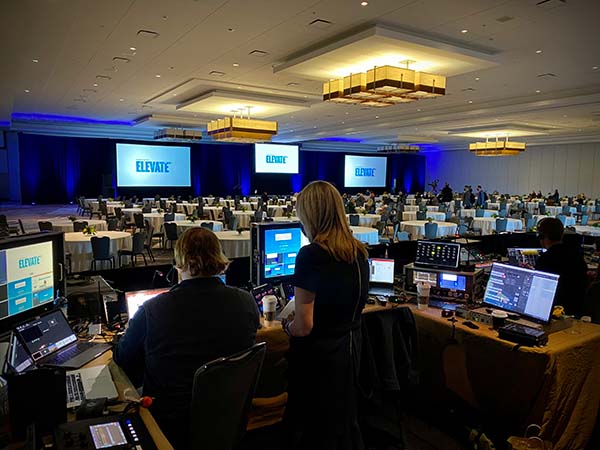Illuminating the Influence of Lighting Methods on the Art of Video Projection Mapping
Illuminating the Influence of Lighting Methods on the Art of Video Projection Mapping
Blog Article
Video mapping projection is an exciting creative form that merges technology and innovation to transform common surfaces into remarkable visual displays. This method involves casting images and footage onto three-dimensional elements, such as buildings, artworks, or stages. One of the key significant elements in creating effective projection is the use of effective lighting methods. Proper lighting enhances the visual components of the projection and guarantees that the images are clear and captivating. This article examines the impact of illumination techniques on motion mapping and how they can elevate the complete experience.
Lighting plays a vital part in video projection because it establishes the atmosphere and feel of the exhibit. Different illumination methods can evoke various emotions and responses from the viewers. For example, using gentle, warm lights can create a welcoming environment, while bright, cold illumination may create a more dynamic or intense effect. By carefully selecting illumination hues and brightness, artists can manipulate how viewers perceive the displayed images, leading to a more immersive experience. The balance between mapping luminance and ambient light is essential, as it can greatly impact the clarity and effect of the images.
In addition to, hue and intensity, the direction of light also affects the efficacy of mapping. Illumination from different directions can generate shadows and highlights that add depth to the projected images. This method, known as light and shadow, can improve the three-dimensionality of the objects being mapped. Additionally, using dynamic illumination can introduce energy to the exhibit, making the experience more engaging for the viewers. When the illumination collides with the mapped images, it can produce an effect of motion and change, visit their website grabbing the audience's attention.
Another essential aspect of lighting in projection is the use of unique features. Methods such as patterned illumination, which uses patterns and shapes to filter light, can add texture and complexity to the projections. This method allows artists to superimpose images and produce visually captivating results that enhance the projection. Moreover, adding laser lights or light-emitting diode illumination can additionally improve the exhibit, providing a unique mix of visual elements that draw the audience in. These special effects, when used thoughtfully, can elevate the projection beyond a simple display to an engaging work of art.
In conclusion, the influence of illumination methods on motion mapping is significant. By comprehending how various illumination components connect with mapped visuals, artists can create captivating encounters that resonate with audience. The thoughtful choosing of hue, brightness, angle, and unique features allows for a rich canvas of visual storytelling. As technology advances to evolve, the possibilities for creative showcasing in mapping will only expand, making lighting official source an ever-important aspect in this progressive creative form.